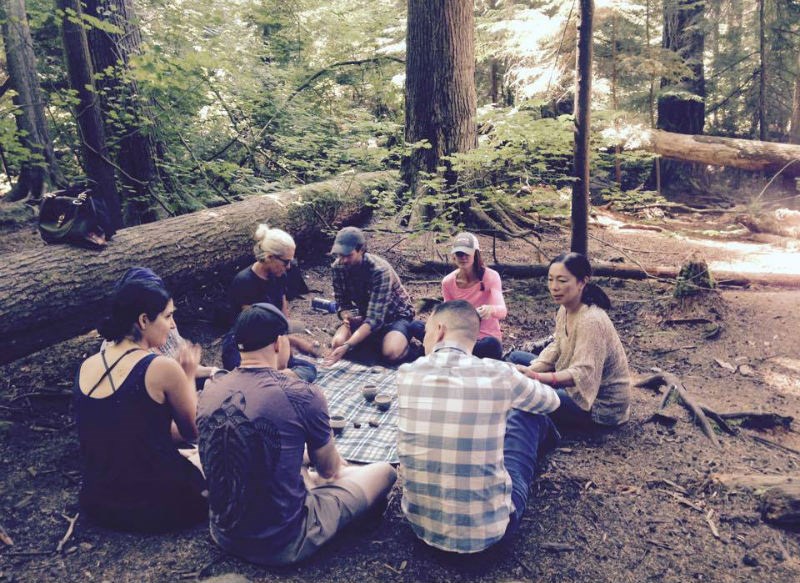Studies have shown that spending time in nature can improve mental and physical health. Ken Ouendag experienced the healing power of nature firsthand and wants to help others through his work as a certified forest therapy guide.
“I’ve always believed there’s so much good in spending time in nature and so often I’ve kind of questioned why. I know there’s research to back it up but I think there’s so much more sort of unexplained for me. I don’t think I reflected on it so much until my dad passed away all within 10 weeks when he found out he had cancer,” Ouendag says.
He remembers thanking his father for introducing him to nature during the final weeks of his dad’s life.”He always took me on hikes and we went camping together. His response to me was, ‘without nature there’s nothing.’ That will always stick with me.”
In October he competed a program in California with the Association of Nature and Forest Therapy Guides & Programs. The program was founded in 2012 by M. Amos Clifford and combines the Japanese practice of shinrin-yoku or “forest bathing” with wilderness guiding.
The program allowed him to combine his work as a recreational therapy assistant with his sea kayaking and outdoor educator program experience to become the first certified forest therapy guide in the Lower Mainland.
Ouendag is running a five-week therapy walk series through Lighthouse Park and Stanley Park. Walks typically last two and a half to three hours. “It sounds like quite a lot of time, but I mean for myself and last year all the people coming out that was a common comment that came up at the end, saying how quickly that time disappears.”
He says walks help people practice mindfulness through sensory awareness facilitated by various activities. “The first one we tend to do is called ‘what’s in motion?’ It’s inviting you to walk very slowly and to take note of what’s in motion around you. When people do start slowing down they start noticing cobwebs that are blowing in the breeze or a salmonberry bush where the leaves are blowing slightly.”
Another exercise is called a “sit spot,” which involves finding a space and sitting there for 15 to 20 minutes. “I’ve definitely seen people dealing with grief when they’re encouraged to sit with themselves and feel supported by the nature around them. Things do come up and they may or may not share a little bit about that. On the other side somebody else comes back and they’ve had a very playful experience.”
He says the sit spot is similar to the corpse pose in a yoga session and is followed by a tea ceremony.
Ouendag’s five-week therapy walk series is offered through the Vancouver and West Vancouver Leisure Guide. Walks for both parks start in mid-May or mid-July. More details are available here.



